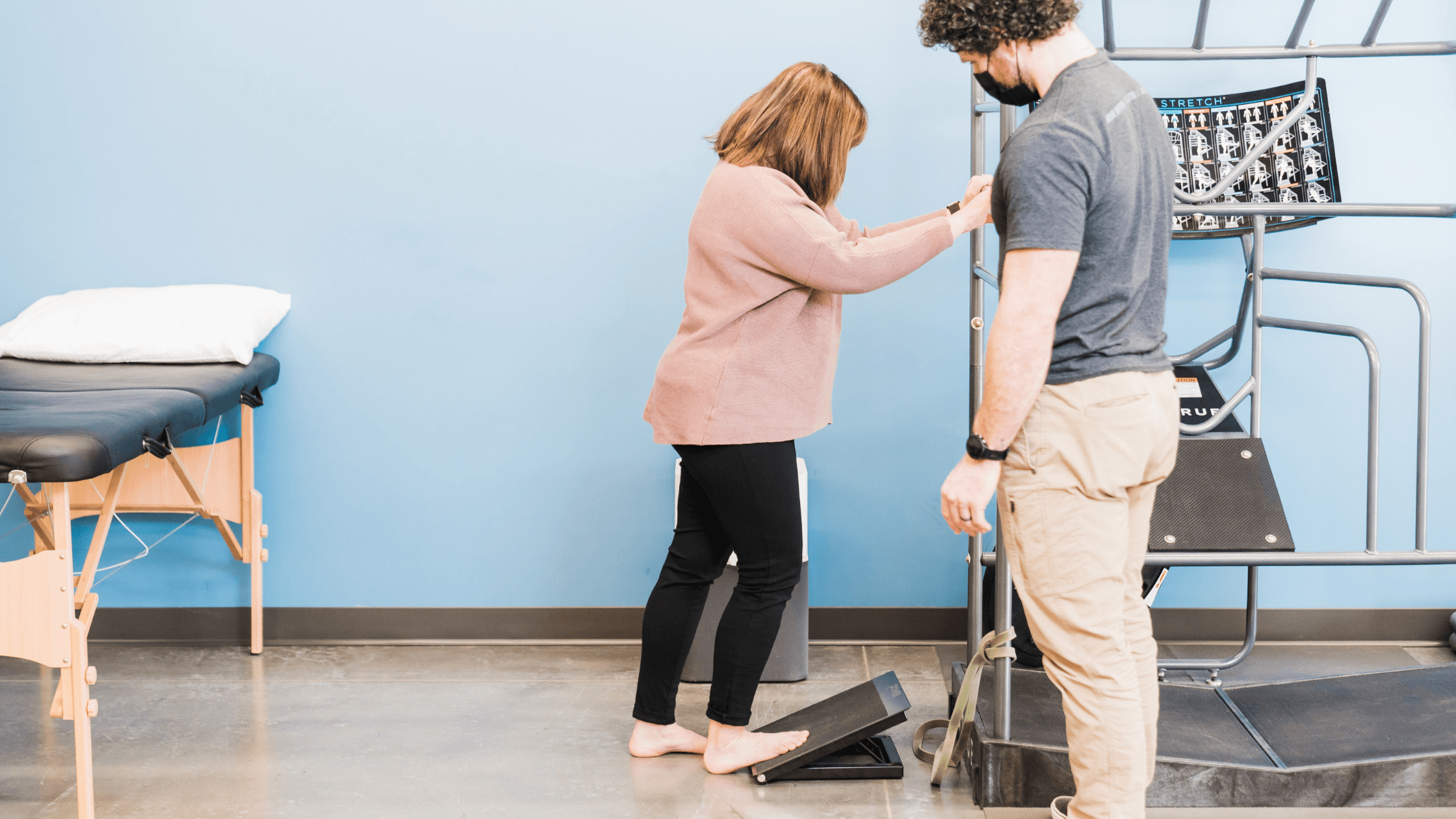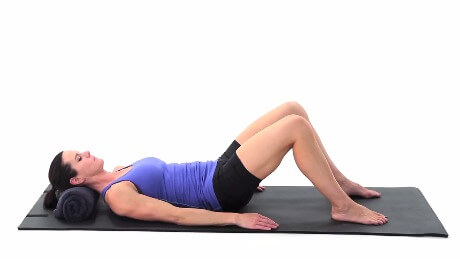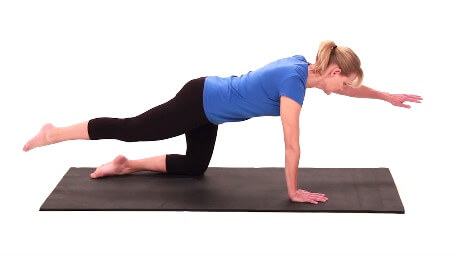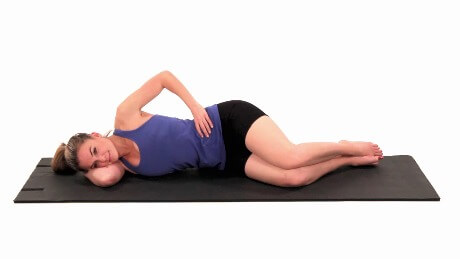Physical Therapy | Women's Health
What Is Diastasis Recti? Symptoms and How Physical Therapy Can Help

Licensed Physical Therapist, PT, DPT // EW Pilates Instructor // Center Coordinator for Clinical Education // Credentialed APTA Clinical Instructor // EW Motion Therapy Homewood
If you have just had a new baby, you probably have a million thoughts running through your mind. You have just put your body through one of the most intense experiences a woman can ever have, and come out of it with a new baby who needs around the clock attention. With this much responsibility on your shoulders, it can be hard to focus on recovery that your own body needs and is undergoing, whether you delivered vaginally or had a C-section. One condition that can present postpartum is diastasis recti, but how do you know you even have the condition? And what are your treatment options?
It is vital to care for yourself postpartum so you can be fully present for your new baby. Our women’s health specialists at EW Motion Therapy develop individualized treatment plans for you that cover all of your postpartum needs, including diastasis recti. Our ultimate goal is to educate you on the symptoms of the condition and provide realistic treatment options, even if you choose not to pursue treatment with us.
This article discusses what diastasis recti is, how physical therapy can help, and other ways to stay healthy during and after your pregnancy. With this information, you can enter your recovery period knowing you are taking the best possible care of yourself.
What are the symptoms?
Even though diastasis recti is most commonly seen in pregnant women, men can suffer from it as well. It occurs when the left and right sections of the rectus abdominus muscle and tissue in the front of the abdomen become separated due to being overstretched, most typically during pregnancy. The rectus abdominis muscle is joined by the linea alba, a rubber band-like section of tissue which runs through the center of the rectus abdominis dividing it into right and left halves. After delivery, the band usually returns to its original position; diastasis recti occurs when the tissue stays separated.

With the condition, any activation of your abdominals, including rolling in bed, curling up to sit up, changing postures, or lifting can be much harder, because your abdominals are unable to work together for those functional movements due to the separation. Also, it is very easy to compensate for this condition with other muscles in your core, which may put unnecessary wear and tear on them.
In the most severe cases, there are surgical treatments for diastasis recti, but this is uncommon. With early intervention and the proper treatment, most people will eventually heal. Let’s go over how physical therapy can help you recover from diastasis recti.
How can physical therapy help?
Physical therapy for diastasis recti involves a lot of education on positioning, and how to perform functional movements as you heal without harming core or other muscles. Your therapist will teach you how to more effectively use other core muscles, like your transverse abdominis and pelvic floor muscles, caution you on exercises to avoid, and work on your posture to improve length-tension relationships in your core. There are also certain exercises to facilitate closure of the rectus abdominis muscle. Your therapist will understand if you cannot come in for weekly sessions - you may have a new baby, after all. They will usually be more than willing to work with your schedule and budget to make sure you still get the care you need to heal properly.
You will typically receive some home exercises as part of your physical therapy treatment. Here are a few examples our therapists have given in the past for diastasis recti clients. You should always check with your physician before beginning exercise postpartum. If you choose to try any of these yourself, follow the instructions closely.
Supine Posterior Pelvic Tilt: Begin by lying on your back with your knees bent and feet resting on the floor. Slowly bend your low back and tilt your pelvis backward into the floor, then return to the starting position and repeat. Make sure to only move your pelvis and low back and keep the rest of your body relaxed.

Quadruped Pelvic Floor Contraction with Opposite Arm and Leg Lift: Begin on all fours. Exhale, and contract your pelvic floor muscles, then lift one arm and your opposite leg. Bring them back to the ground and repeat with your other arm and leg. Make sure you keep your back straight and pelvic floor contracted during the exercise.

Sidelying Transverse Abdominus Bracing: Begin lying on your side with your knees bent and your top hand resting on your stomach, with your fingers just inside your hip bone. Tighten your abdominals, pulling your navel in toward your spine and up. You should feel your muscles contract under your fingers. Hold this position, then relax and repeat. Make sure not to hold your breath as you tighten your muscles.

How else can I stay healthy during and after pregnancy?
Now you know more about diastasis recti and some of the reasons you should seek treatment for the condition. Maintaining your physical and mental health during pregnancy is just as important as postpartum recovery, and making sure you exercise and eat properly will benefit not only you but your growing baby. Your physician would most likely be in agreement to write a prescription for this physical therapy, so that it can be covered by your insurance. Any investment you make in yourself, especially as your body grows a human, is worth your time and money.
Pregnancy can be an incredibly rewarding experience, but it is not without its challenges. That is why our women’s health specialists at EW Motion Therapy want to walk alongside you and give you the tools and education you need to better your health and the health of your baby. If you are interested in physical therapy or wellness with us, fill out the Request an Appointment form on our website, and someone from our staff will contact you within 48 hours with your next steps.


